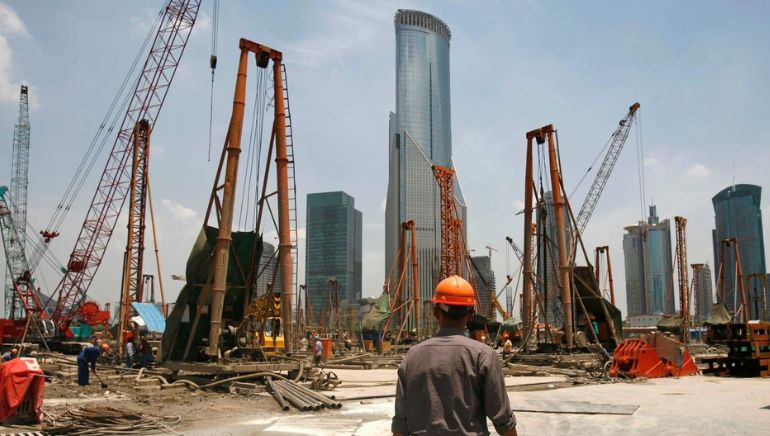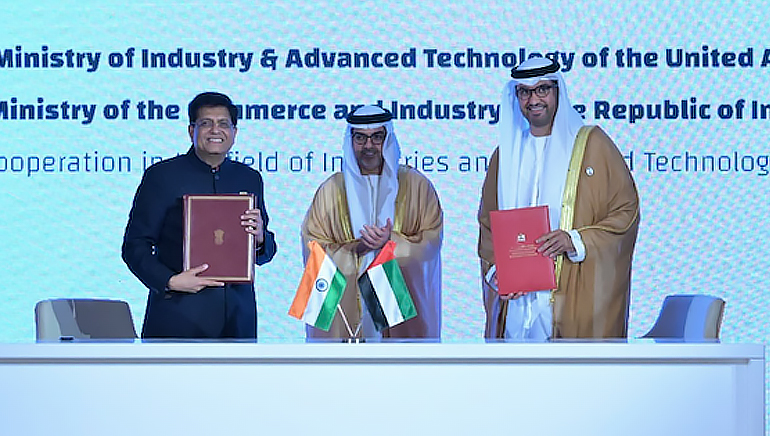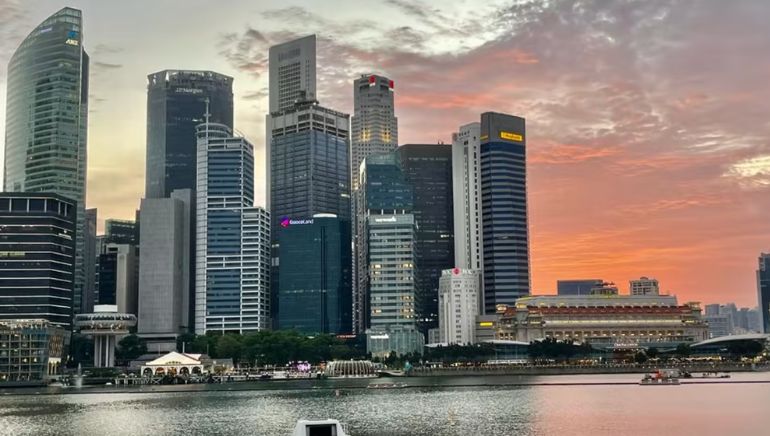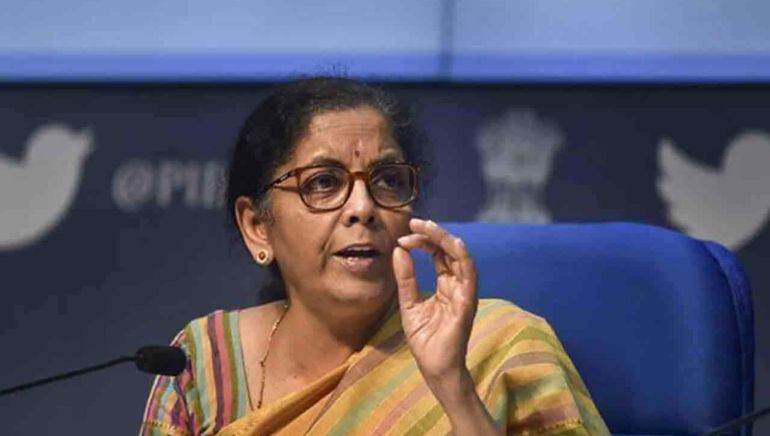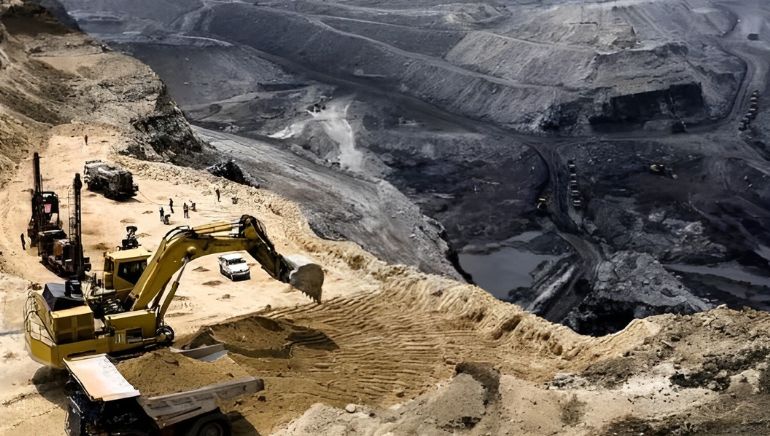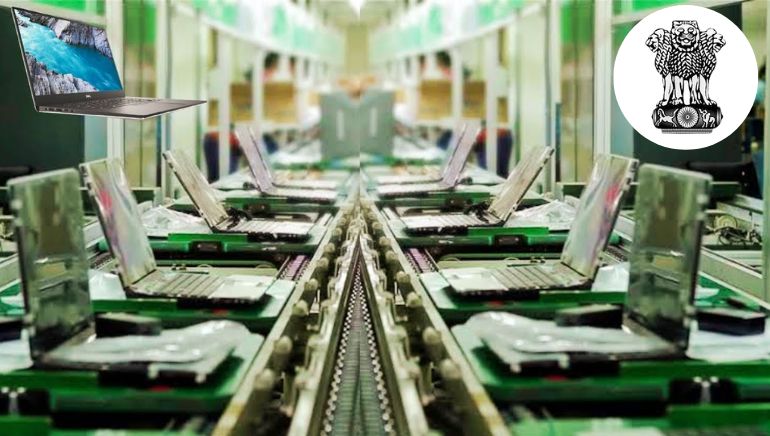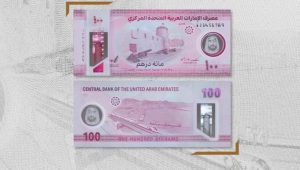The World Bank has downgraded its growth forecast for developing economies in East Asia and Pacific, citing slow growth in China and weak global demand amid high interest rates and slow trade. It now expects these economies to grow by 5% this year, slightly less than the 5.1% it had forecasted in April. For 2024, the bank expects growth in the region to be 4.5%, down from the earlier forecast of 4.8%.
The Washington-based multilateral bank has left its 2023 economic growth forecast for China unchanged at 5.1%, but reduced its 2024 estimate to 4.4% from 4.8%. It pointed at longer-term structural factors, elevated debt levels in China and weakness in its property sector as reasons for the downgrade.
Even though East Asian economies have mostly recovered from the series of shocks since 2020, including the COVID-19 pandemic, and will continue to grow, the World Bank said the pace of growth will likely slow. It flagged the significant increase in general government debt, as well as the rapid jump in corporate debt levels, particularly in China, Thailand and Vietnam.
The bank warned that high government debt levels can limit both public and private investment. Elevated debt could lead to higher interest rates, which would increase the cost of borrowing for private businesses, it added.





